
Recent months have seen Chinese audio makers that traditionally focus on IEMs — such as Moondrop and Thieaudio — introduce over-ear headphones, and they’ve had varying levels of success in doing so. Moondrop’s first effort was Void, but it failed to hit the target. Fortunately, the brand redeemed itself for the $599 Venus, offering great styling, great planar drivers, and a great sounding platform. Likewise, Thieaudio’s Wraith didn’t get the tuning quite right, so the brand focused on the budget segment with its $129 Ghost.
Fiio is now the latest brand to compete to make its mark in the category with the introduction of its first over-ear headphones, the FT3. Fiio produces more products than Moondrop and Thieaudio combined, and the launch of the FT3 was highly anticipated. The headphones are set to debut at the end of last year, but the launch has been pushed back to early 2023, and they’re now available to buy in most global markets for $299.
This price point makes the FT3 very attractive, so let’s find out if Fiio manages to nail the formula on the first try and if the FT3 can go up against the likes of the Sennheiser HD6XX.
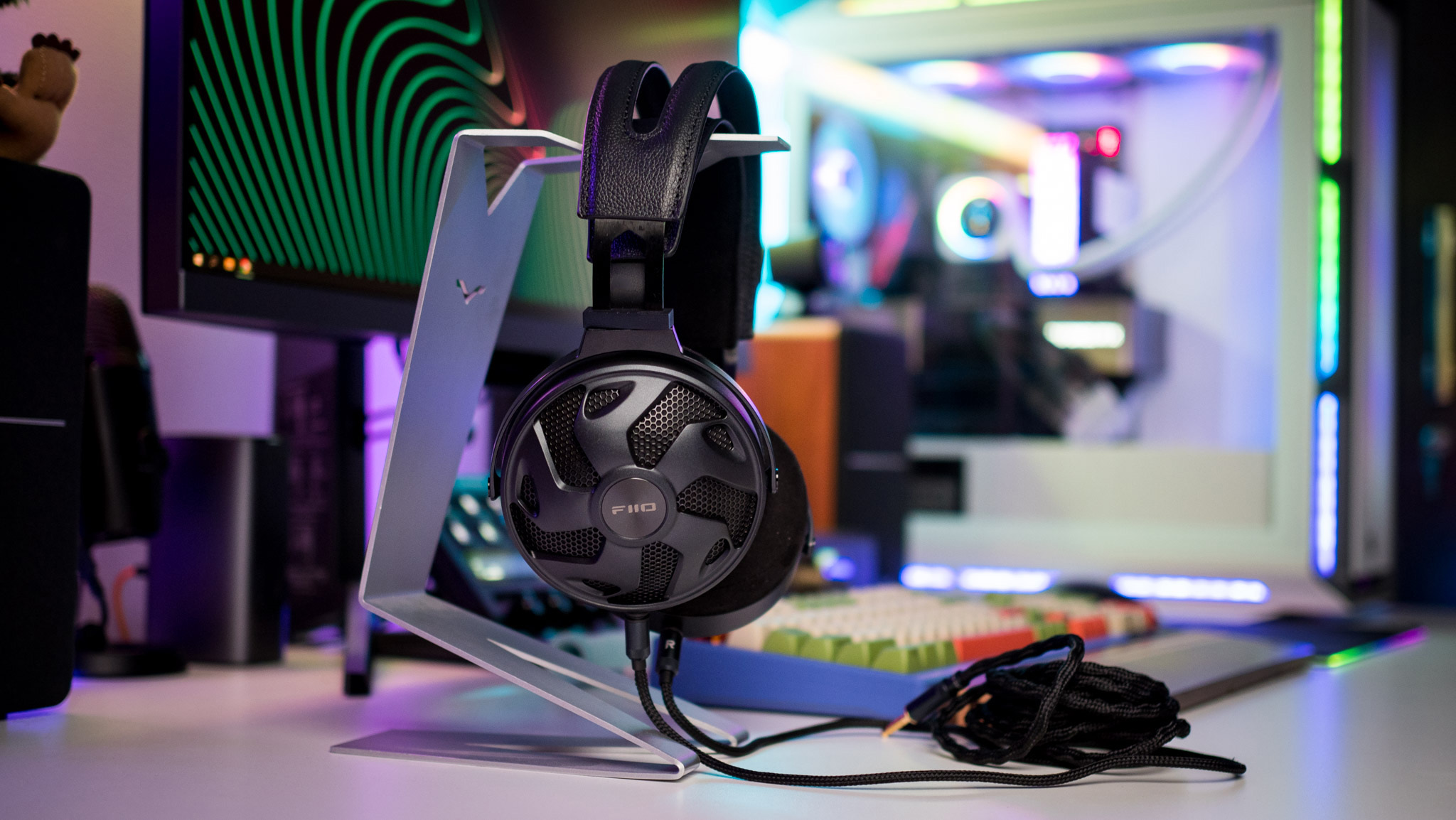
As usual, let’s start with the design. Fiio has a unique design aesthetic that favors bold design with sharp lines, and this language is seen throughout its portfolio, including DACs like the Q7 and K9 Pro. As such, it’s no wonder the FT3 has a bold design, and the look may not be to everyone’s taste.
To Fiio’s credit, the brand hasn’t skimped on materials, and the FT3 features an all-aluminum chassis with excellent build quality. The outside of the ear cups has a spoke-like design with the Fiio logo in the center, and while it doesn’t exactly scream, it’s a unique look and matches the rest of Fiio’s products.
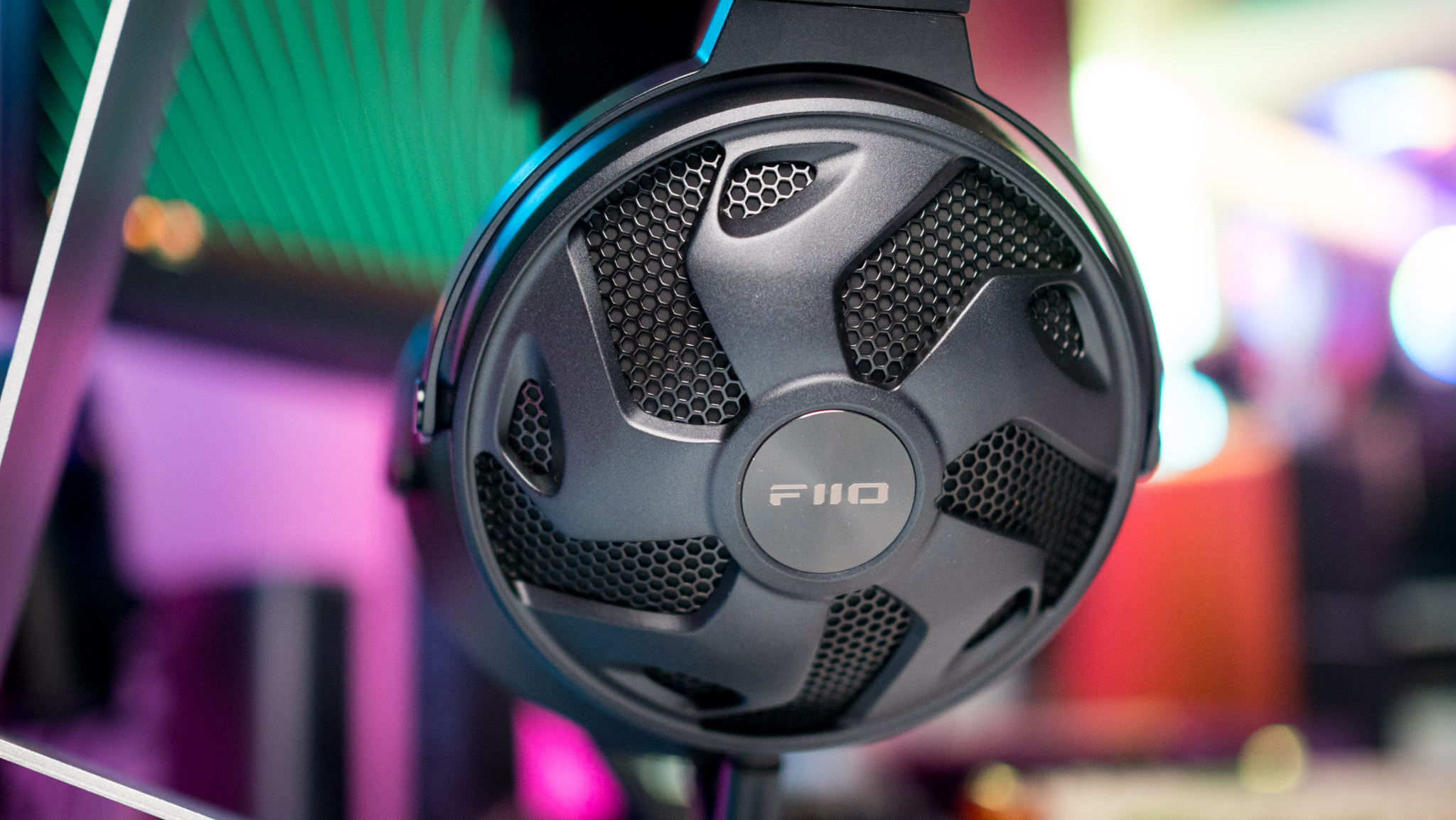
Design options aside, there’s a lot to like with the FT3. The open-back nature of the headset means there’s plenty of airflow, and Fiio went with a self-adjusting suspension headband that’s comfortable to wear. The headband and suspension are made of leather, and the latter has adequate padding. The FT comes in at 391g, and while it’s on the heavier side, it’s not as bulky as a Venus or Wraith, and the design ensures that the weight is evenly distributed across your head.
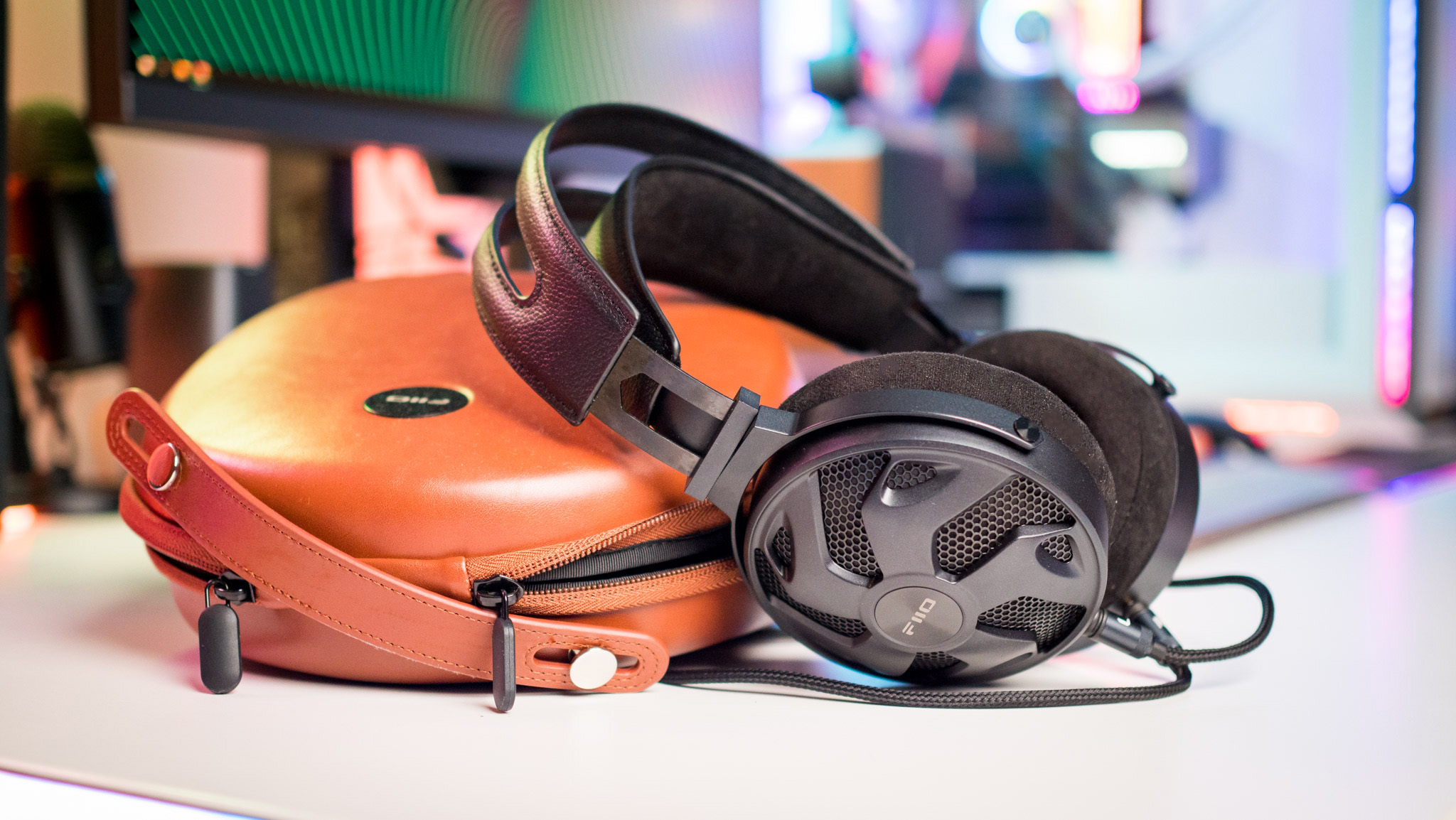
I’ve used the FT3 for less than three weeks now, and since I come from Venus, wearing them is a lot easier. For one thing, they don’t have a strong compressive strength, so they don’t put as much pressure on your ears, which is a good thing. You get proper rotation of the ear cups as well, ensuring that you get a good fit. On that note, the Fiio pairs the suede and leatherette ear cushions with the FT3, and I prefer the former because it’s a bit more comfortable during long listening sessions.
While I don’t usually talk about accessories, I have to mention the Fiio’s case in the package. The FT3 comes with a hard faux leather carrying case, which is quite aesthetically pleasing. Perfect for carrying the FT3 on the go, the interior is shaped to hold the headset and the included cable. As for the cable itself, it uses Furukawa’s monocrystalline copper conductor and has a durable paracord design. The 3m cable is noticeably longer than the standard 1.2m options you’ll find in this category, and personally I’m glad Fiio went with a large cable here.
The cable connects to the FT3 via standard 3.5mm jacks, and the other side features an interchangeable connector that lets you use any jack you choose. Fiio bundles a single 3.5mm plug with a 6.35mm connector, and you get a 4.4mm balanced jack (which I used as standard) along with an XLR connector! I like the idea of interchangeable plugs because it eliminates the need for many cables, and Fiio has done a great job on this.
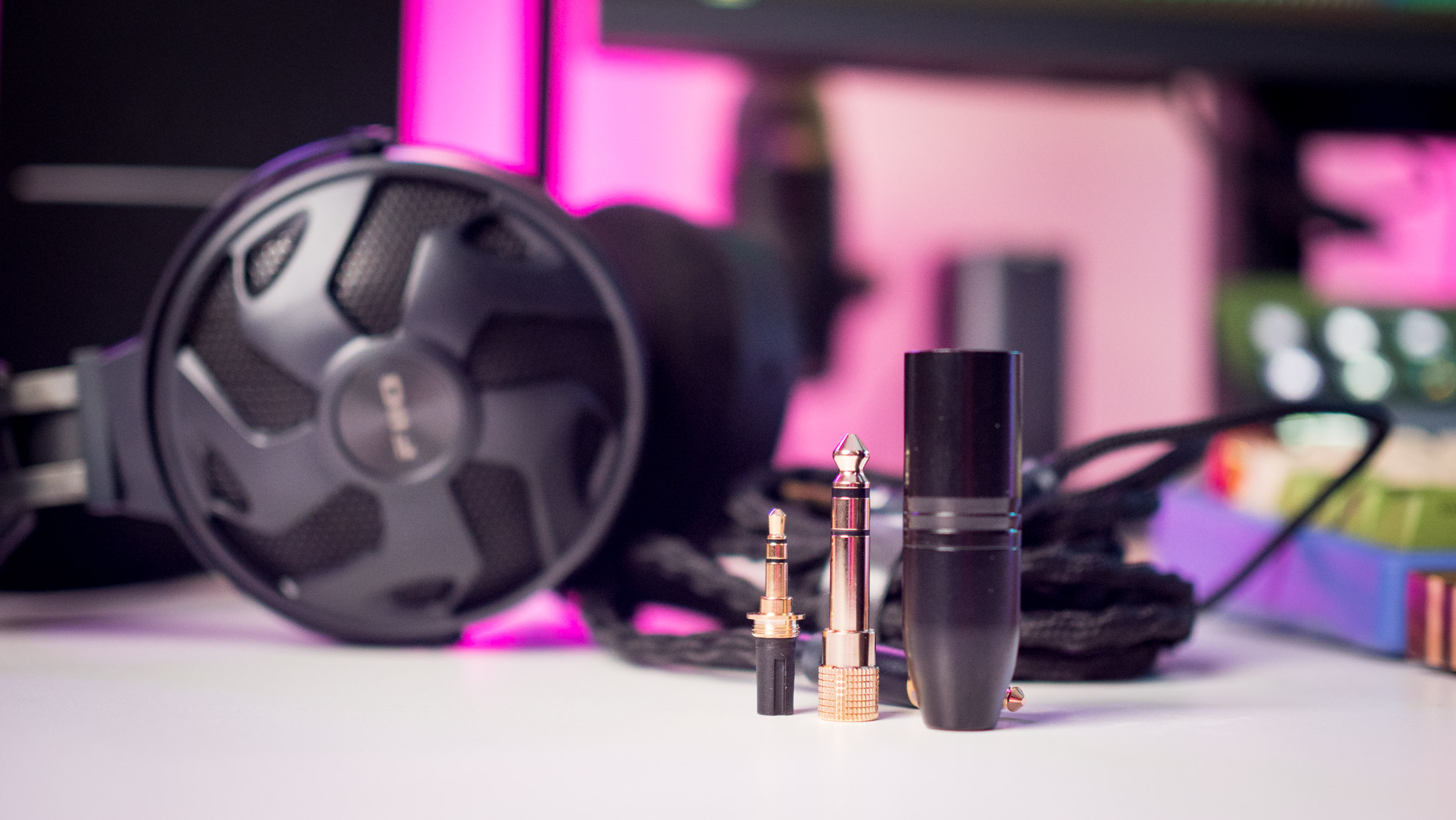
Having used the HD6XX for several months last year, I was interested to see how the FT3 holds up on top of comfort, and after extended use, I can confidently say I like Fiio’s option in this area. The FT3 is more comfortable in everyday use, and a large part of that is due to its lower clamping force. The padded headband also played a part in making sure the FT3’s weight was distributed evenly, and this is among the most comfortable headphones in my collection, along with the Meze 99 Classics.
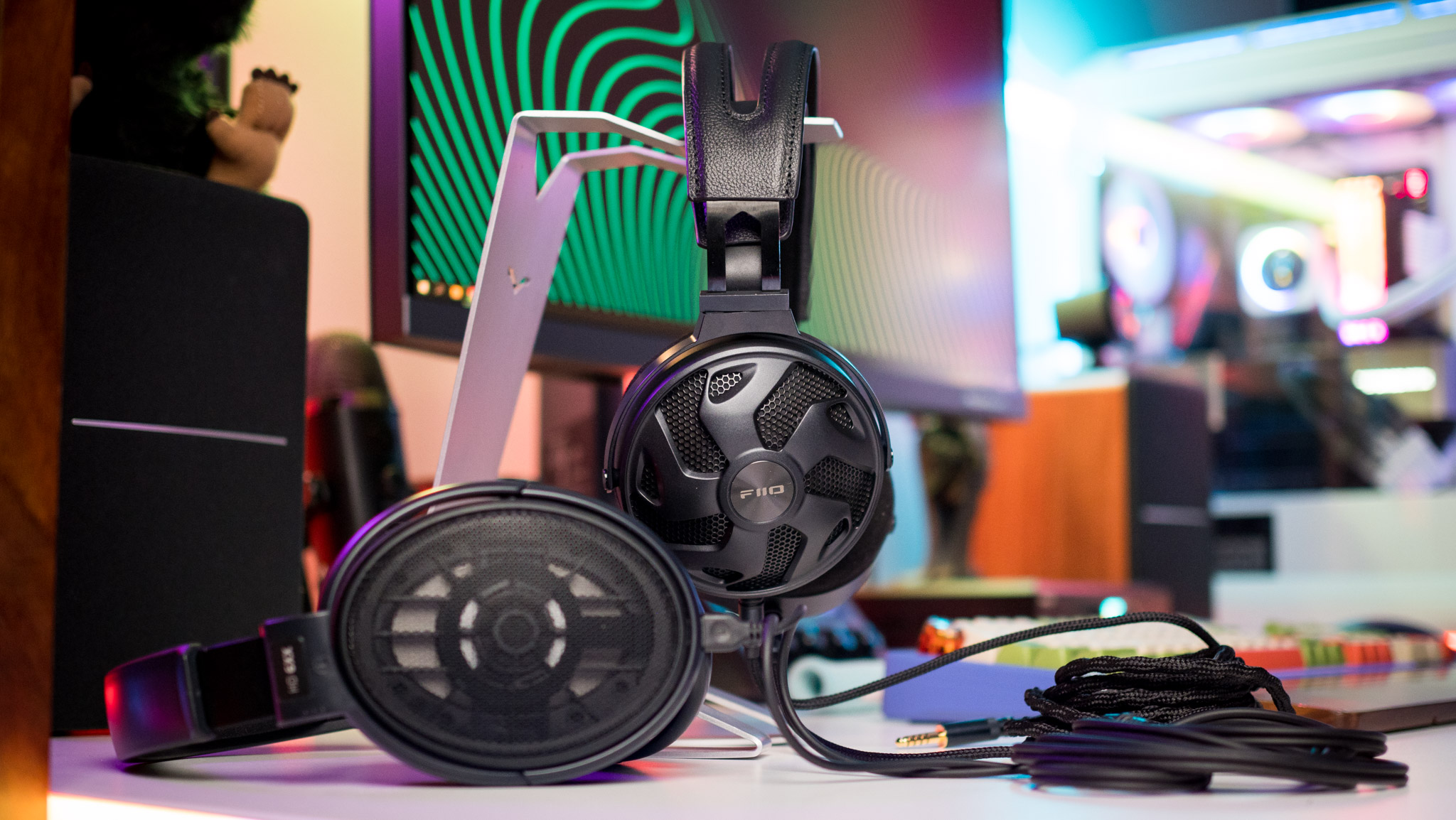
Fiio went with larger 60mm dynamic drivers here, and used DLC coating and a beryllium-plated gasket to reduce weight and create less distortion. As for sound, the FT3 has a great low end that pairs well with bass-focused tracks, with crisp, power-packed sub-bass. The mid-bass is where things get particularly interesting, and you’ll get plenty of rumble with excellent detail and vibrancy. These are on par with the HD6XX when it comes to pleasant low end, and Fiio has let it fall short in this regard.
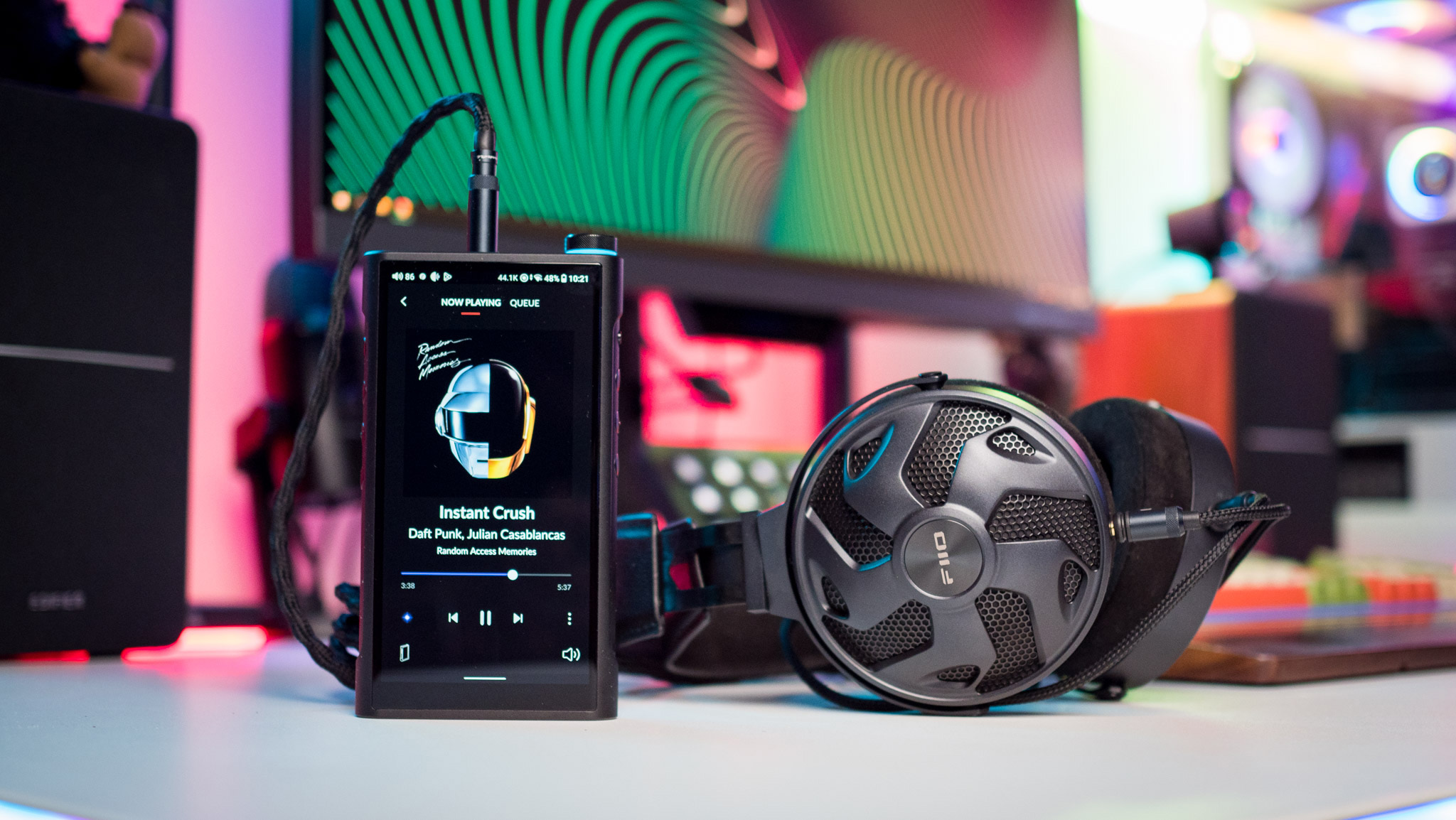
The vocals come through clearly and with plenty of character, and the mid-voices are detailed, with excellent instrument separation and intonation. The FT3 has a good treble extension, no wheezing. The overall timbre is excellent, and the FT3 is well-suited to a variety of genres, with the drums coming through as clean as a violin in an orchestra.
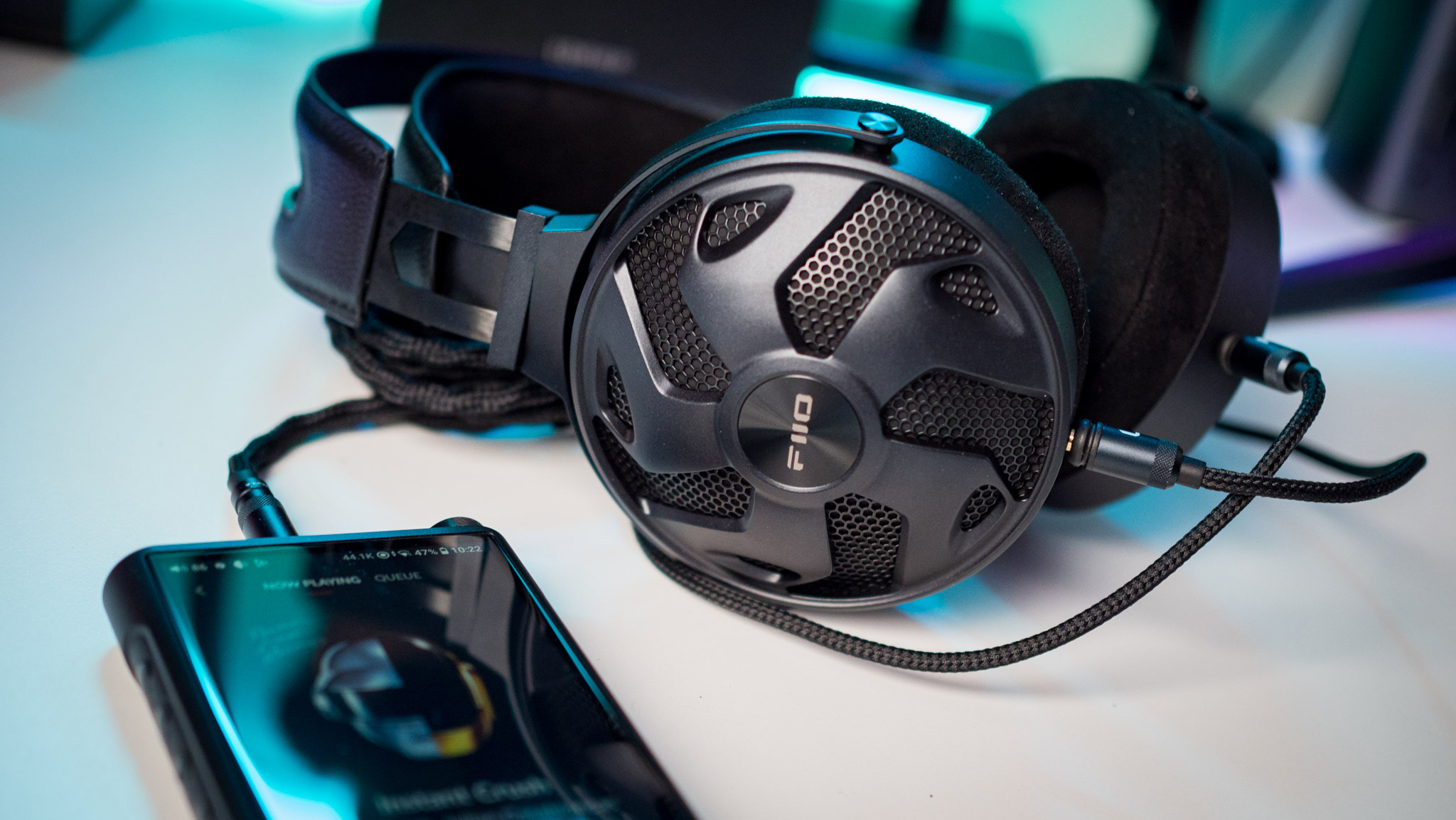
The imaging is where the FT3 really comes into its own, and the larger drivers combined with the slick design and tuning produce a lively, realistic sound unmatched in this class. I mentioned earlier that I used suede pads for most of the tests; I switched to the leather pads to see if there was a difference, and they made the FT3 sound overly warm and bright, so my recommendation is to use the suede option as standard.
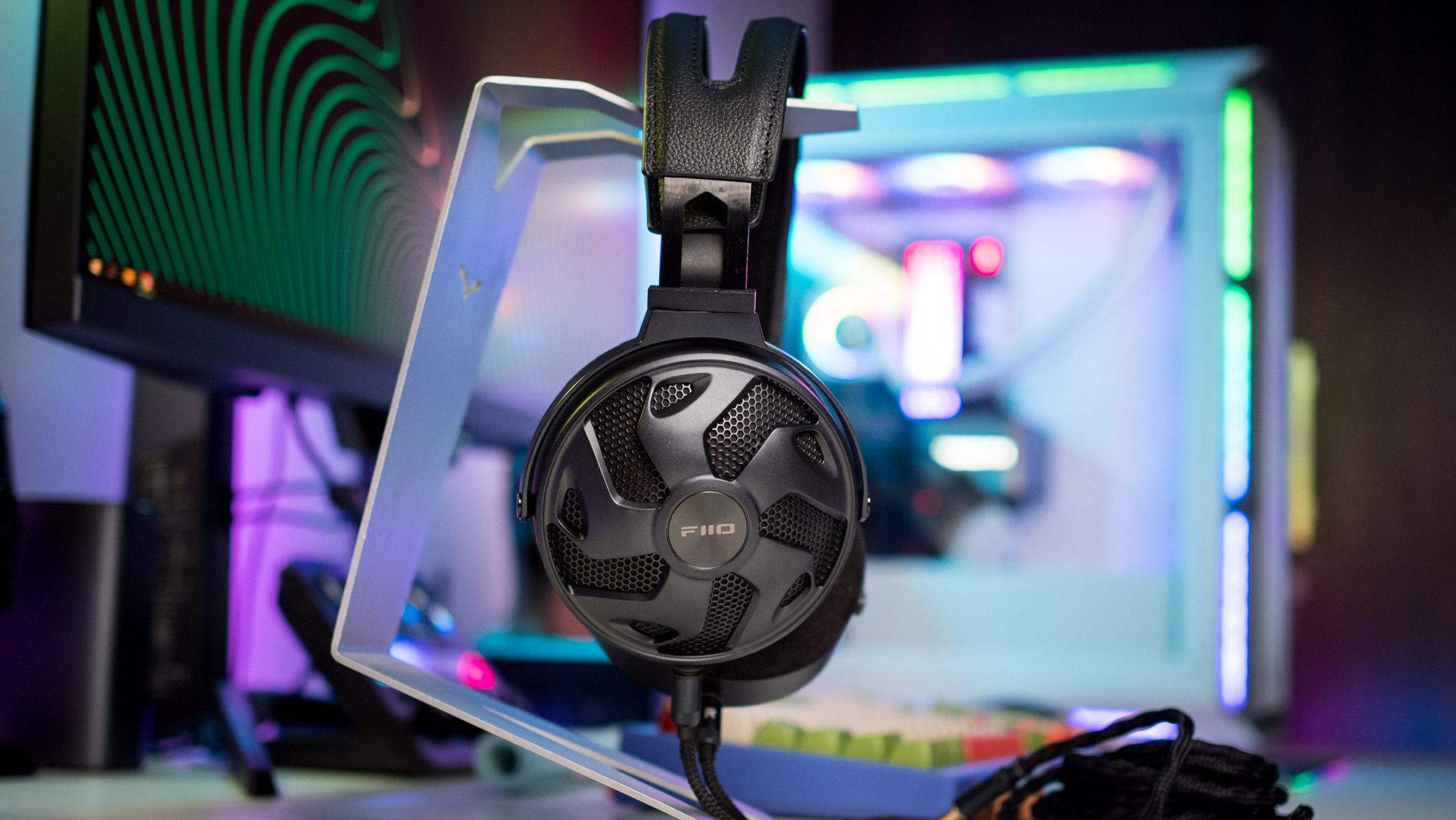
At 350 degrees, the FT3 is quite power hungry, so if you’re using a portable source, you’ll need to make sure it can deliver enough power. I used the K9 Pro for a good portion of the testing, and for portable use I went with Fiio’s latest M15S audio player (review coming soon). Any of Fiio’s portable sources—like the BTR7—should do the job, but you’ll need a better option like the M11S, Q7, or K5 Pro to take full advantage of the FT3. On that note, the FT3 pairs very well with the R7 Network Streamer.
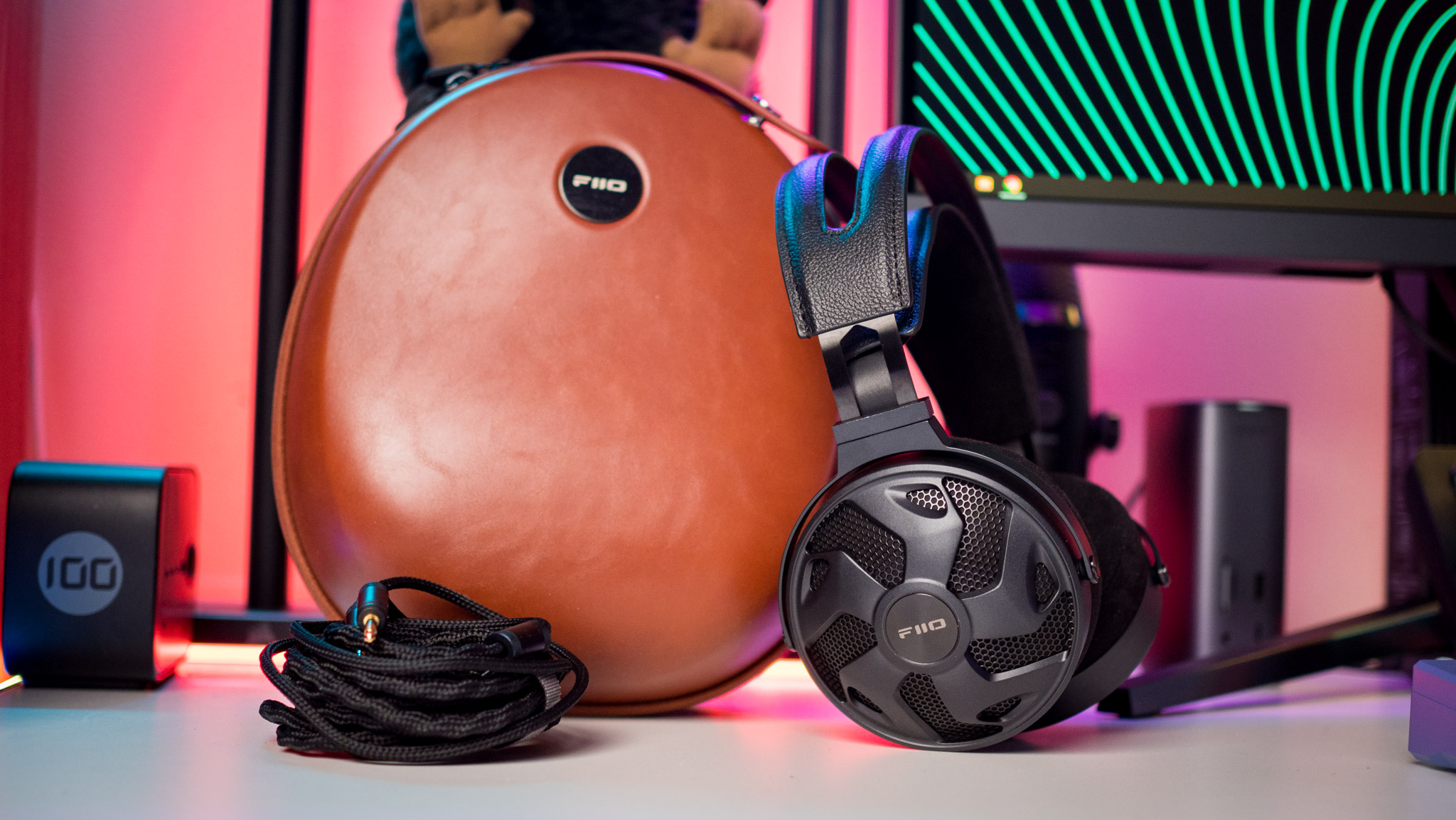
Overall, Fiio has done an amazing job with the FT3. The speaker design won’t please everyone, but don’t let that discourage you — these are among the best-sounding speakers in this category, and stand out against the likes of the HD6XX. The sturdy design combined with a comfortable fit and wide variety of accessories give the FT3 an edge, and I like the hard-shell carrying case a bit; I have headphones that cost four times as much and don’t have a good case.
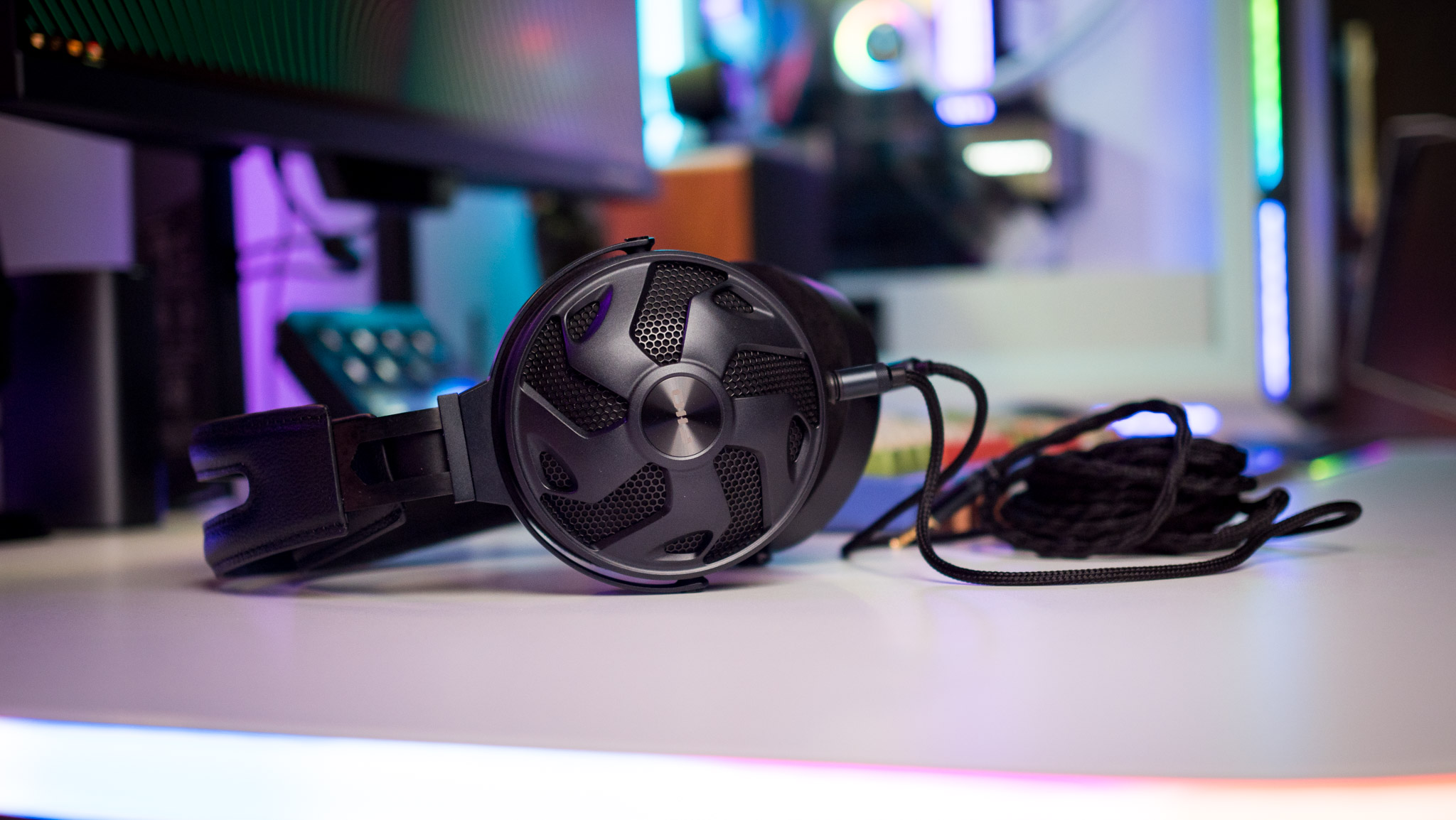
But what you’re here for is sound, and in that area the FT3 does all the right things. There’s excellent bass character, plenty of mids and treble detail, and the soundstage is the best of any $299 headphone I’ve used to date. Fiio took a long time to launch the FT3, and now that it’s available, I can honestly say it was worth the wait.

